Last Updated on February 29, 2024 by Marian Jones
This episode is all about Florence’s most famous son, Michelangelo. It begins with a short biography, then explains where in Florence you can see his work and which pieces people most want to see. It finishes with information on two of the main museums which feature his work, plus a description of his funeral at Santa Croce Church and a mention of the pride the city of Florence takes in its Michelangelo connection. Even in the 16th century, Giorgio Vasari, author of ‘Lives of the Artists’, spoke of Florence as ‘the birthplace of this divinely endowed spirit’.
about michelangelo
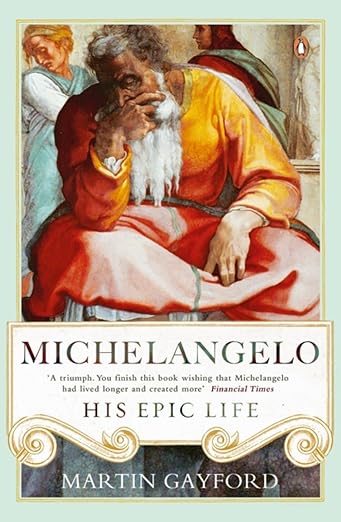

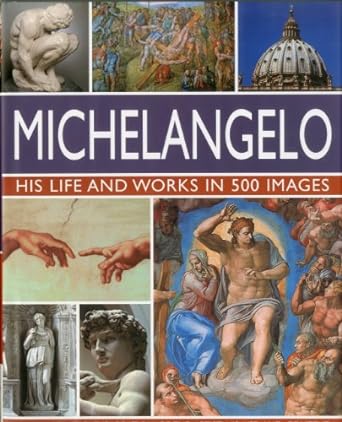
Michelangelo, born in 1475, grew up in the Santa Croce district of Florence, and was art-obsessed from his earliest years. At 14, he was apprenticed at the workshop of Santa Maria Novella, learning under Ghirlandaio who said, after a few months of watching the gifted novice, ‘This boy knows more than I do’. He so impressed Lorenzo de Medici that he was taken in to live with the Medici family, all expenses paid, so that he could concentrate on art. He worked obsessively and studied pieces by former artists like Giotto and Donatello, as well as Greek and Roman works and he even let himself into a mortuary at night so that he could practise drawing the human body.
By the age of 30 he was an acknowledged master and was summoned to Rome by the pope to paint the ceiling of the Vatican’s Sistene Chapel. He returned to Florence at intervals, and always thought of it as his home. He told everyone that if he died in Rome – which is what eventually happened – they must take his body back to Florence for burial.
where to see michelangelo’s work in florence
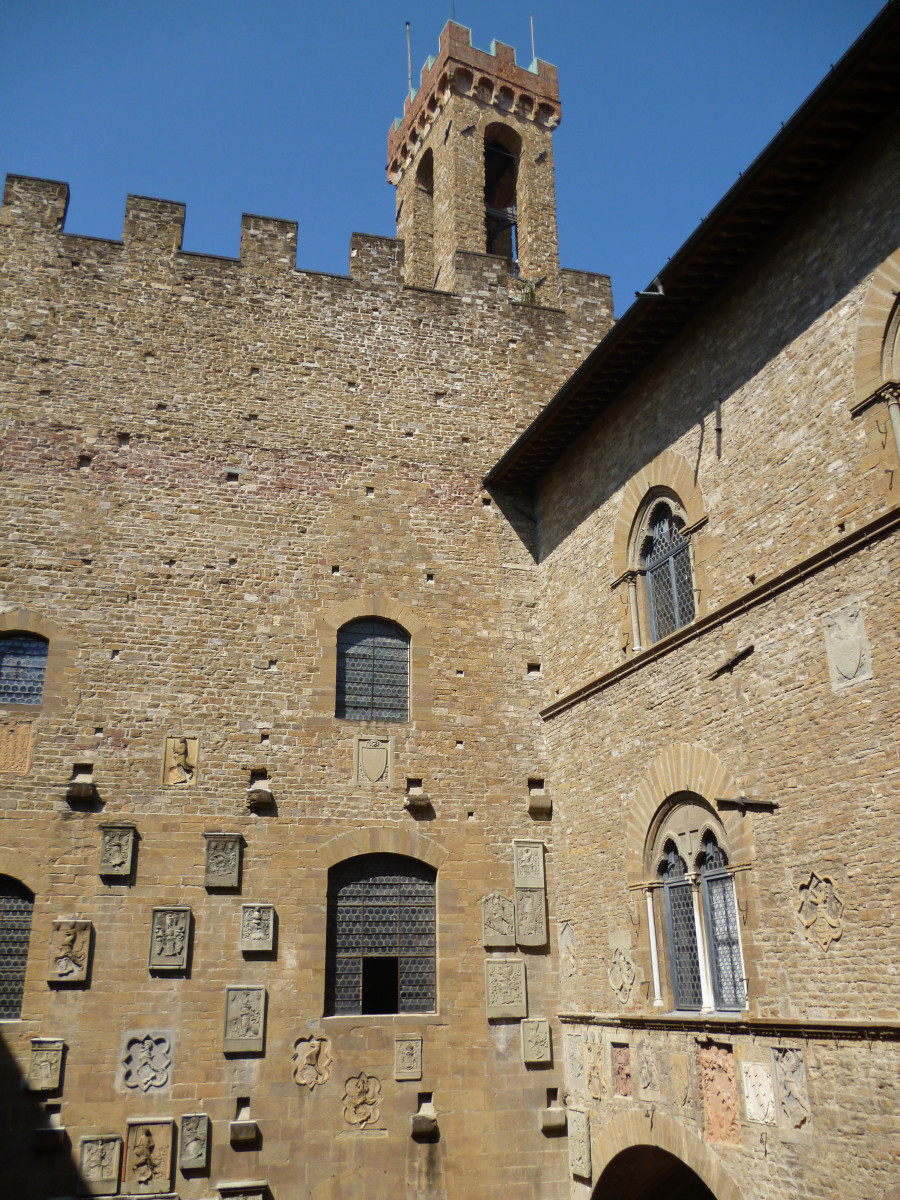


Michelangelo’s work is spread over a number of places in Florence. Most famously, his David statue is at the Accademia, where you can also see his unfinished work, The 4 Captives, and a Pieta. There’s a copy of David in the Piazza della Signoria. His best-known Pieta is in the Cathedral Museum (the Museo dell’Opera del Duomo) and in the Medici Chapels (Cappelli Medici) are his sculptures Dawn and Dusk, along with statues of Dukes Lorenzo and Giuliano de Medici. At the Biblioteca Laurenziana, you can enjoy a Michelangelo joke, the staircase with mock pillars – painted onto the walls – which forms the library’s entrance. And there are several pieces at the Bargello Museum too.
2 main pieces
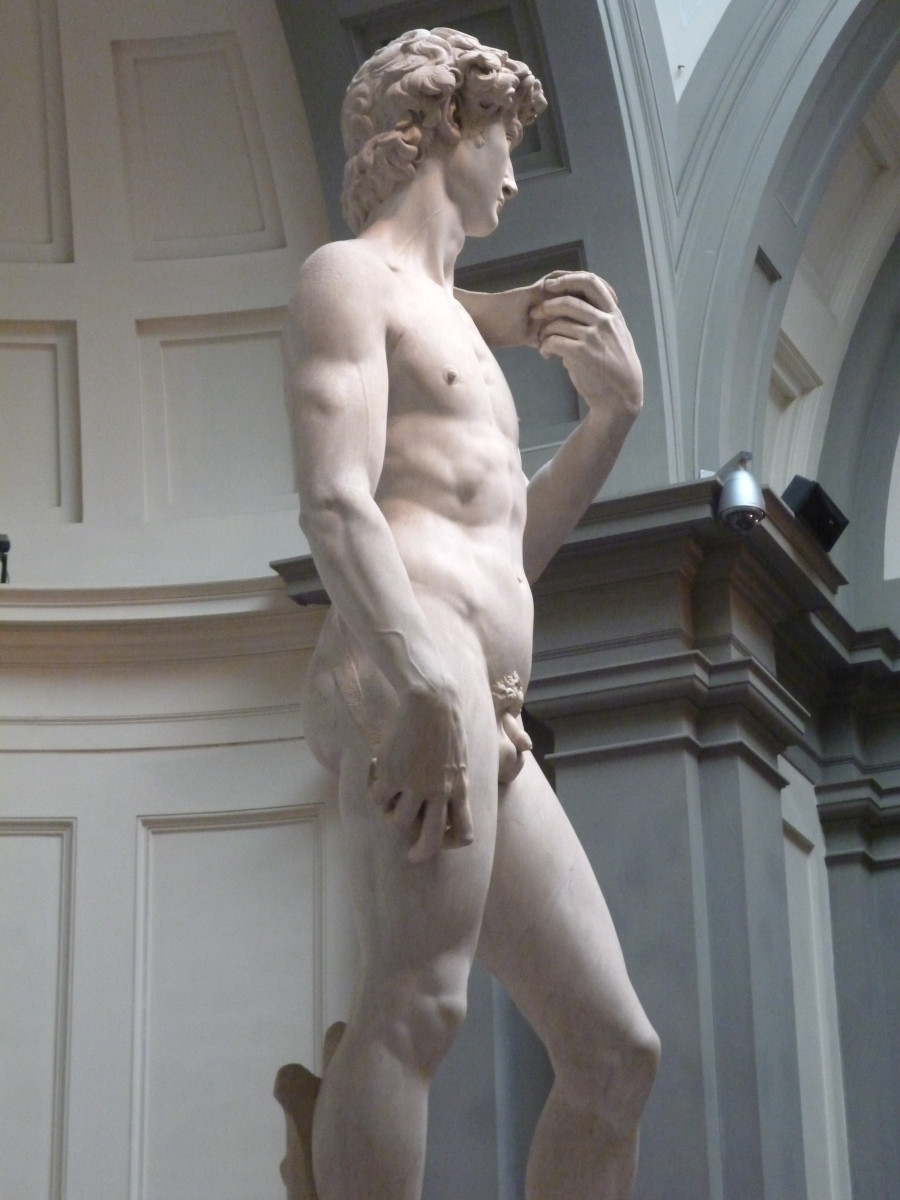

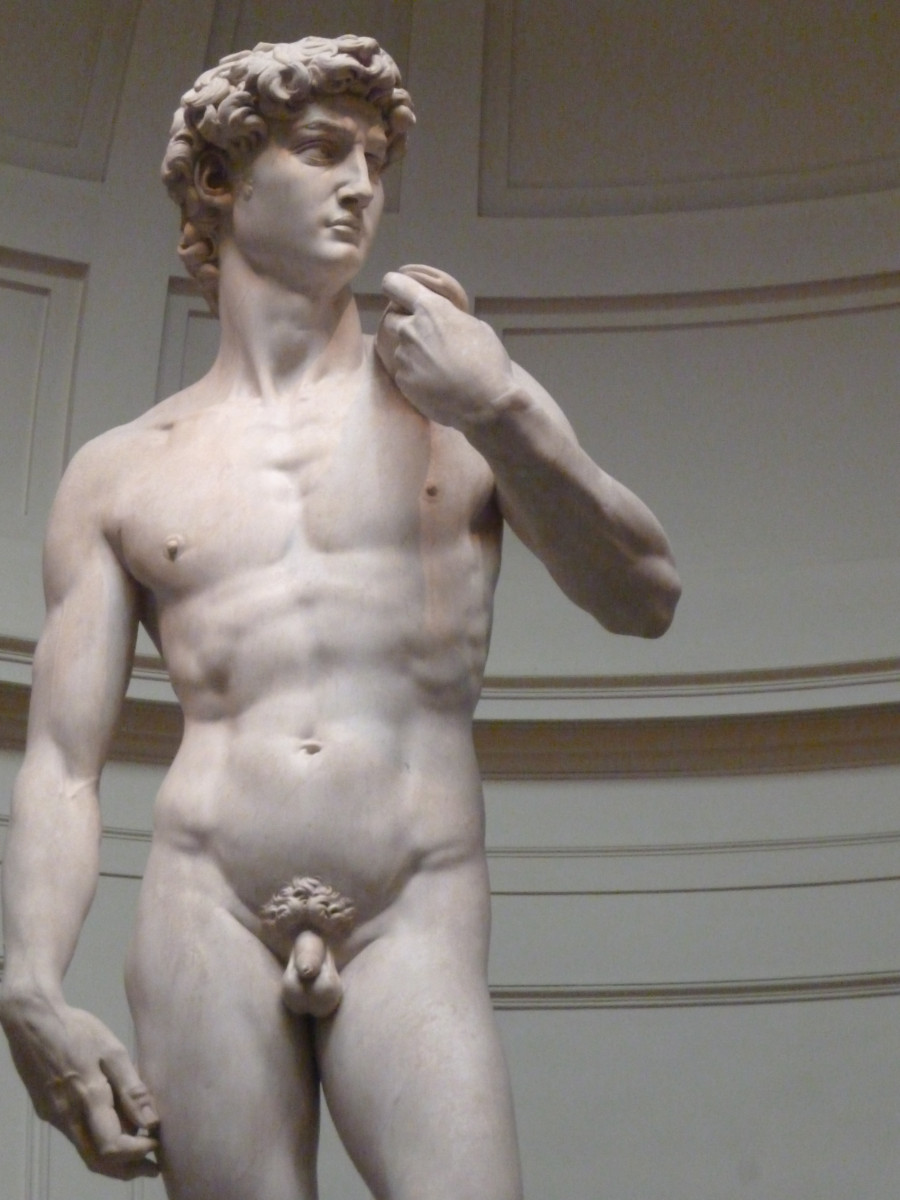
The piece most people want to see is the statue of David. It was commissioned in 1501 for the cathedral roof and Michelangelo spent 4 years working on it in the cathedral workshop until it was finally ready to be shown. It was deemed too big – and too naked! – for the roof and was transported instead to the Piazza della Signoria where it stood for 400 years until it was moved to the Accademia gallery. It was immediately deemed a triumph, both for its beauty and its technical prowess and also because David, bravely facing a much bigger enemy armed only with a catapult, was seen as a symbol of Florence, triumphing over much bigger enemy states.
The Pieta in the Cathedral Museum depicts Mary with her dead son lying in her lap after the crucifixion. Michelangelo said he wanted this piece to represent ‘mother and son, alone in the universe’ and before sculpting it he made extensive preparations. He made many sketches to try out different postures, he studied the faces of Florentine nuns to find the expression he wanted for Mary’s face, he bought a bolt of cloth so he could practise sculpting folds of material. The final piece is very moving, contrasting the passive figure of the dead Jesus with the highly charged emotions of Mary, the mother who must accept the loss of her son.
2 main museums
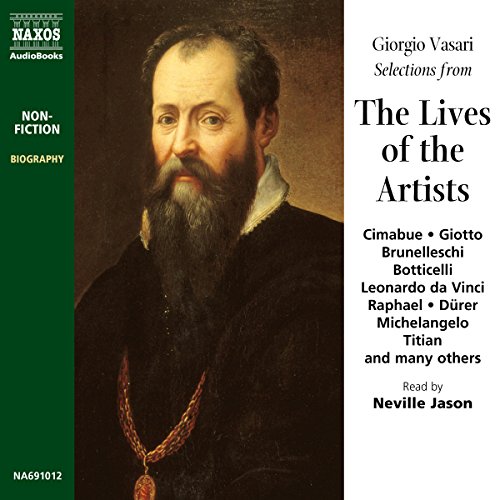
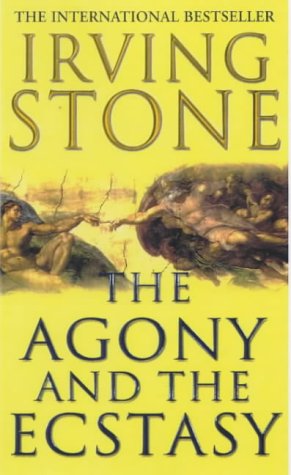
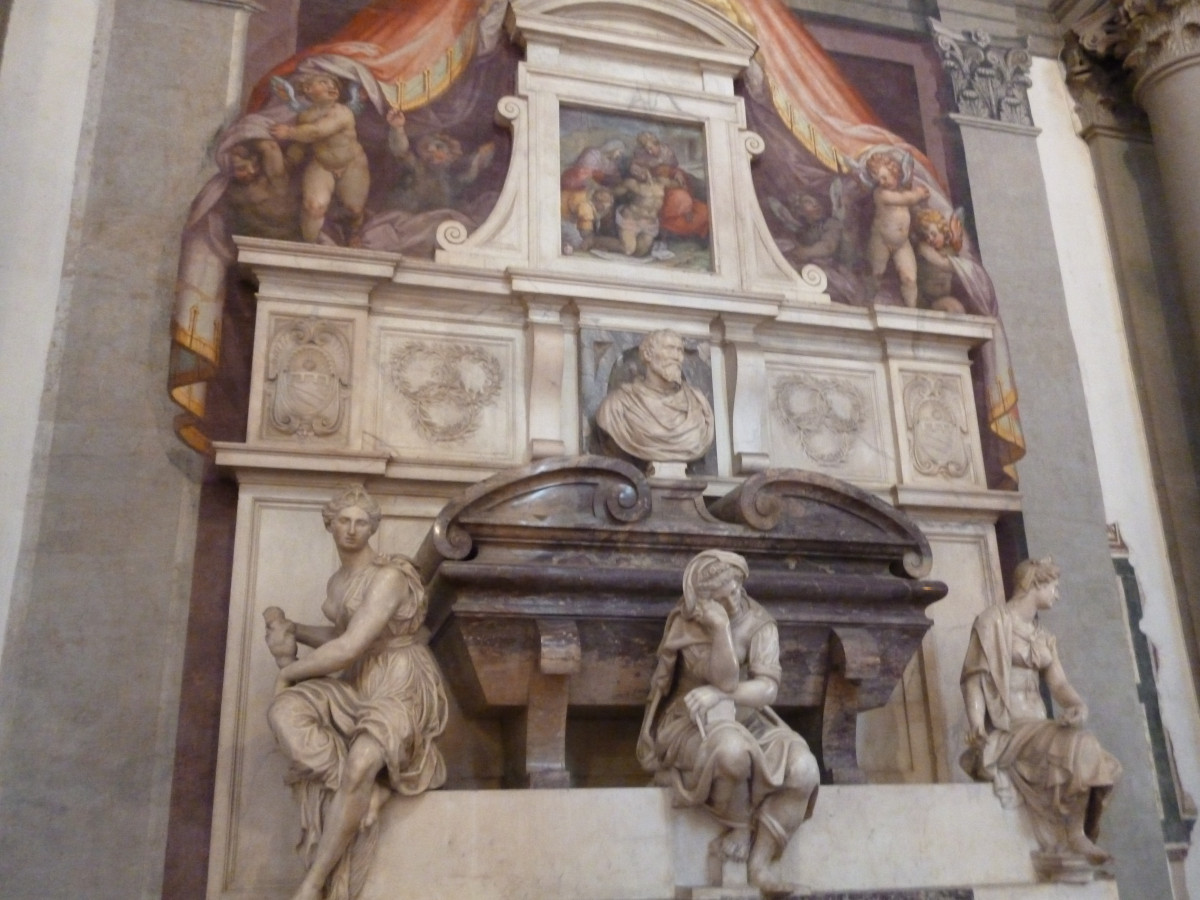
The Bargello, often called ‘the world’s most important museum of Renaissance sculpture’ houses a number of Michelangelo’s sculptures, including Brutus, Bacchus and a Pieta. It’s an interesting building, dating from the 13th century when it was the ‘Podesta’, or seat of the city’s chief magistrate. In the 16th century it was a courtroom and much-feared prison where people were tortured, tried, sentenced and, often, executed. The scaffold was set up in what is today a beautiful central courtyard. But, in 1786, it became the first prison in Europe to ban capital punishment. Today it is mainly a sculpture museum, but there are a number of other collections, including jewellery, enamelware, coins, ivories and textiles.
This was originally a teaching room connected to the Academy of Fine Arts next door, a place to collect paintings and sculptures for students to study and copy. As its collections grew, it became a gallery and today it houses work by Florentine artists from the period 1300-1600. A large tribune has been built to display Michelangelo’s statue of David to full advantage and this is the main reason why it is Italy’s second most-visited museum after the Uffizi. Michelangelo’s unfinished work, Four Prisoners, originally intended for the tomb of Pope Julius II, is also here. There is a large coIIection of 13th century wooden panel paintings and many plaster cast models used by former students.
michelangelo’s funeral and legacy
When he died, Michelangelo’s friends ensured that his coffin was taken to Florence so he could be buried at Santa Croce Church as he had requested. On the day of his funeral about a thousand people – artists and many others – formed a procession to accompany the coffin to the church, all of them carrying burning torches. He was buried in a tomb which you can visit today, designed by Giorgio Vasari and decorated by statues of his three muses: painting, sculpture and architecture. Vasari summed up Michelangelo’s genius by writing that he was ‘a spirit capable of supreme expression in all the arts, one able to give form to painting, perfection to sculpture and grandeur to architecture.’
Listen to the POdcast
Reading suggestions
Michelangelo His Epic Life by Martin Gayford
Michelangelo His Life and Works in 500 Images by Rosalind Ormiston
The Agony and the Ecstasy by Irving Stone (Biographical novel about Michelangelo)
Lives of the Artists by Giorgio Vasari
links for this post
Accademia Gallery
Bargello Museum
The Cathedral Museum
Medici Chapels
The Laurentian Library
Previous episode San Marco, Fra Angelico and Bartolomeo
Next episode The Uffizzi





